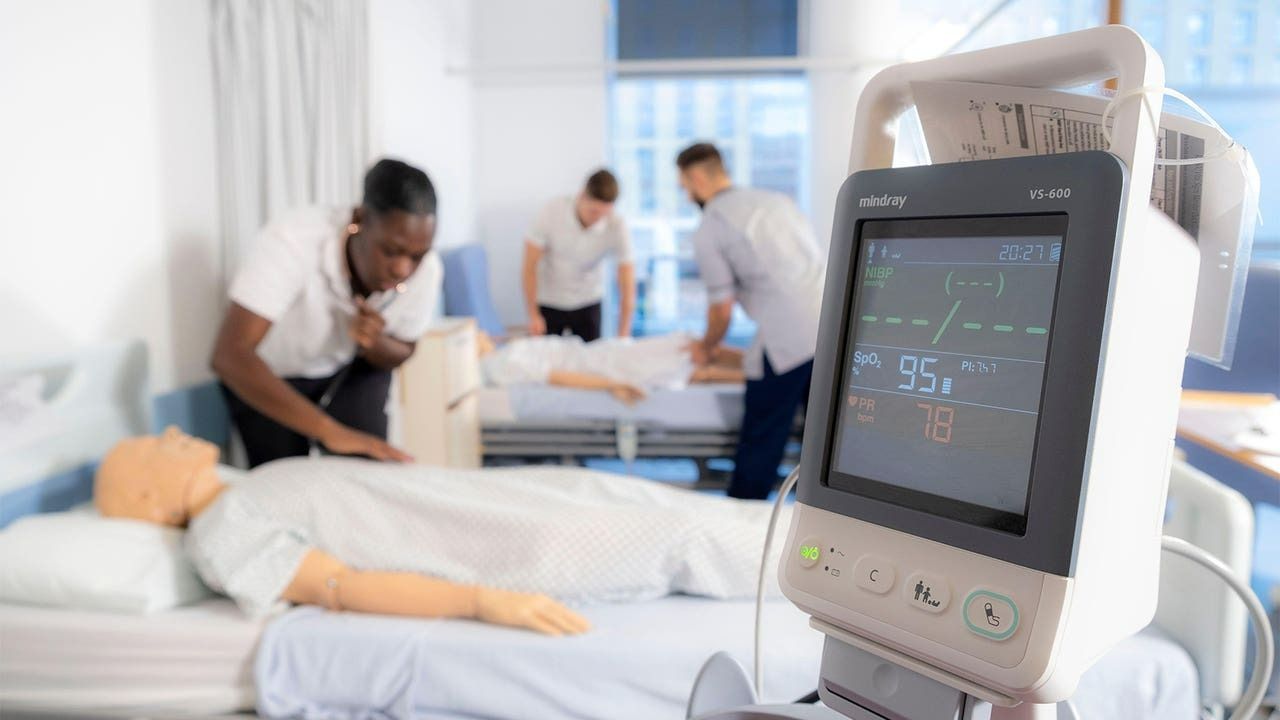Who are the beneficiaries of home modification to create a more user-friendly home?
August 27, 2024
Home modifications to create a more user-friendly environment primarily benefit several groups:
- Older Adults and Seniors: Aging individuals often require modifications to maintain independence and safety in their homes. This includes installing grab bars, stairlifts, ramps, and widening doorways for wheelchair access.
- People with Disabilities: Individuals with physical, sensory, or cognitive disabilities benefit from modifications like accessible bathrooms, lower countertops, adapted lighting, and voice-activated technology.
- People Recovering from Injury or Surgery: Those recovering from surgeries or injuries may temporarily need home modifications to navigate their living spaces more easily. This can include temporary ramps, shower seats, and handrails.
- Caregivers: Family members or professional caregivers who assist individuals with mobility issues, disabilities, or chronic illnesses benefit from modifications that make caregiving tasks easier and safer, such as walk-in showers and adjustable-height counters.
- Families with Young Children: Childproofing the home, with features like safety gates, corner protectors, and secured cabinets, creates a safer environment for young children.
- People with Chronic Health Conditions: Those with conditions like arthritis, heart disease, or vision impairment may need modifications to reduce strain and increase safety, such as lever-style door handles, non-slip flooring, and improved lighting.
- Individuals Planning for Future Needs: Homeowners who anticipate future mobility issues or are planning for "aging in place" might modify their homes proactively to accommodate potential future needs.
Overall, home modifications enhance safety, accessibility, and comfort, improving the quality of life for a wide range of individuals.



